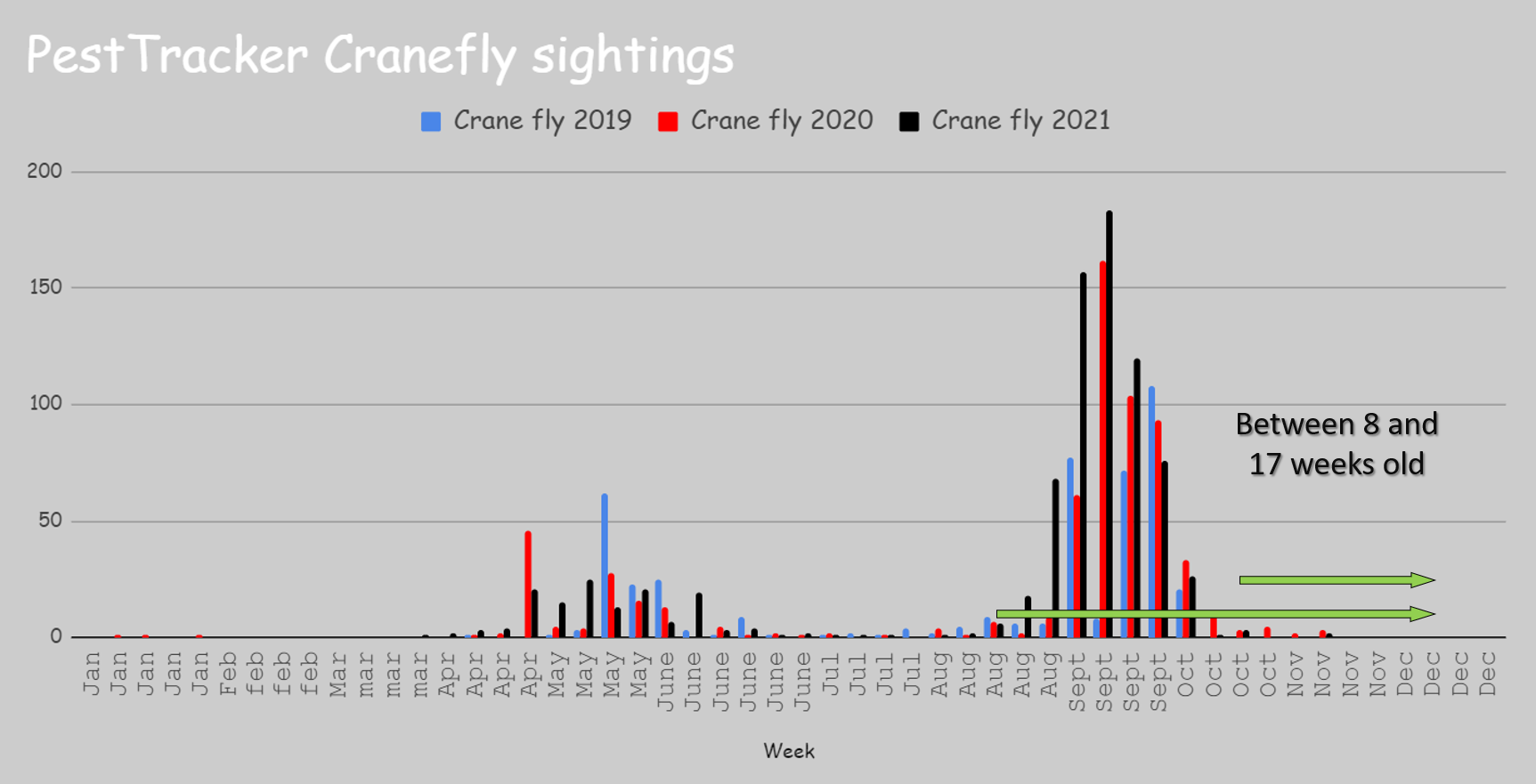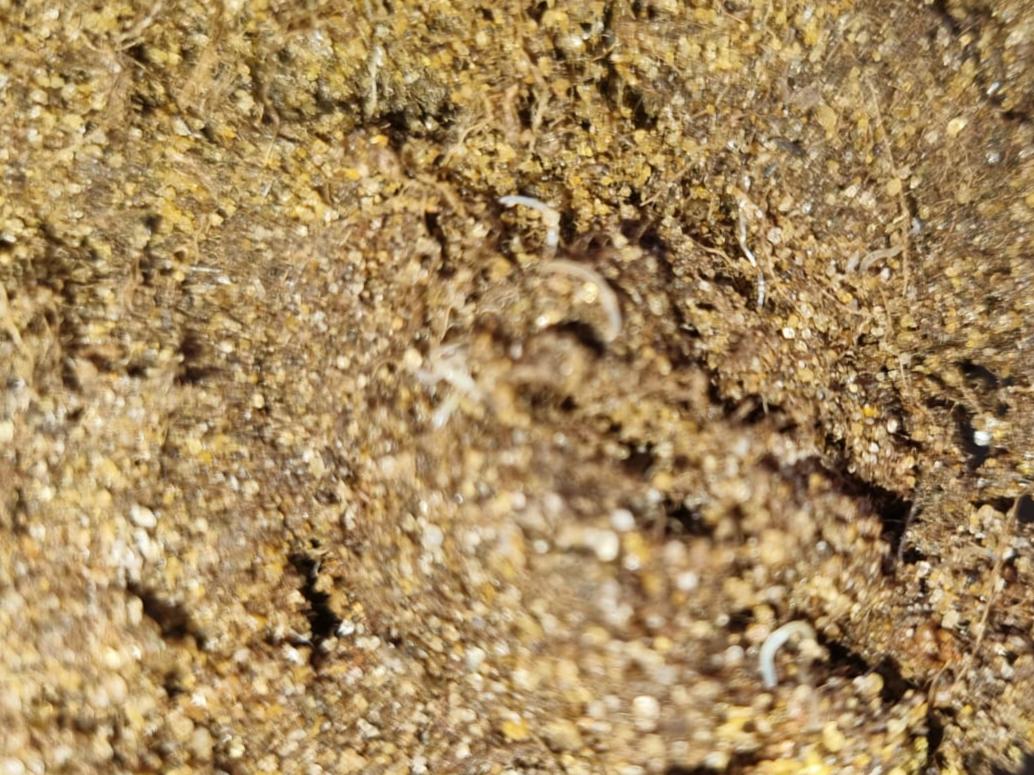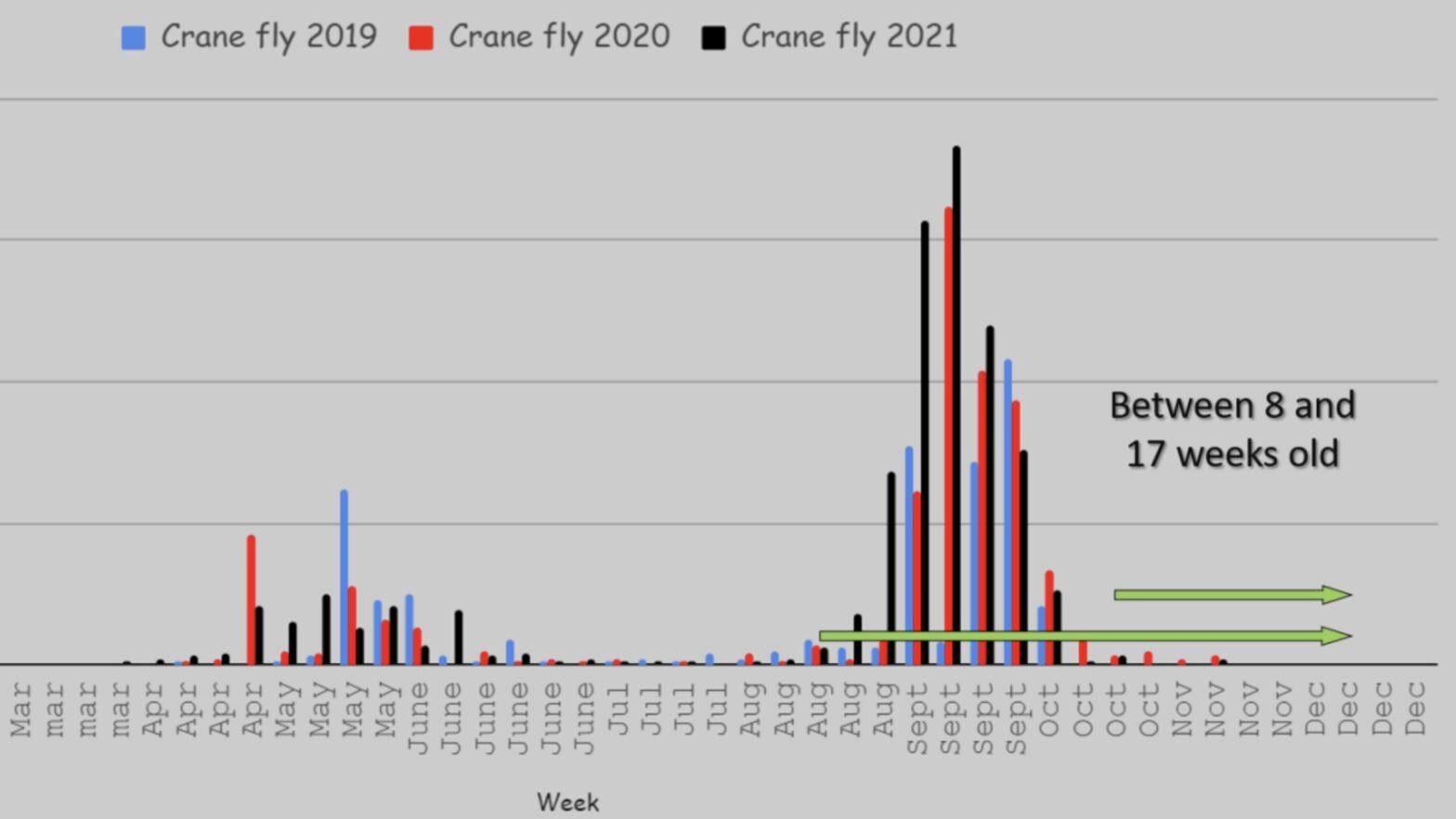It’s that time of year when LeatherJackets begin to become visible.
Now is when I’d start to encourage people to start placing small sheets down on the surface of their playing surfaces to begin to evaluate the numbers of these pests they are dealing with and logging the results.
I’d recommend small 1m2 square sheets that can easily be pegged down and pulled back quickly and leatherjacket numbers counted the following morning.
By doing this we can begin to build a picture of the levels of the pest we have in our turf and how we are going to have to adjust your maintenance programs so you can still present high-quality putting surfaces in the spring.

This will be more effective if done on milder nights as the Leatherjackets will be more mobile but the process still has value on cooler evenings as it can help to build a picture.
This method can help to build a picture of how effective any treatments have been, whether we need to consider adjusting our aeration strategy, increasing our nutrition, and whether we need to commit the resources needed to do some large-scale sheeting.
It’s worth looking outside of treated areas as well, looking at areas such as fairways and approaches to look for comparisons will help gauge control levels achieved and what potential there is for migration of this pest into the high-priority important areas such as greens.
Many of them are still very small though – you can see the blurry image above where I have one on my thumb – this is the kind of size I’m finding at the moment in some areas, mainly sat in the sward canopy around the crown, rather than in the soil which is where I would expect to find them.
When using sheets to monitor it’s important that you give yourself time to get on your hands and knees and REALLY look. They will be difficult to spot now as they are small but once you have your eye in it gets easier.
Remember some of them will be as young as 8 weeks and the early hatching ones will be around 17 weeks old now. So careful attention to what you have going on will help you build a picture.

Misidentification
I’ve had a few people send me pictures like this of small white creatures, they look a bit like large Nematodes. People are now paying much closer attention to this and some are concerned that these may be young leatherjackets.

These are not leatherjackets, young leatherjackets do just look like tiny leatherjackets.
These are highly likely to be Enchytraeid which is a very small white member of the worm family.
They are good guys, not pathogenic, not surface casting, they eat Organic Matter and are probably an indicator of good soil health.
So if you’re seeing these no need to panic. Just relax and get some sheets out so you know what’s on the horizon.




